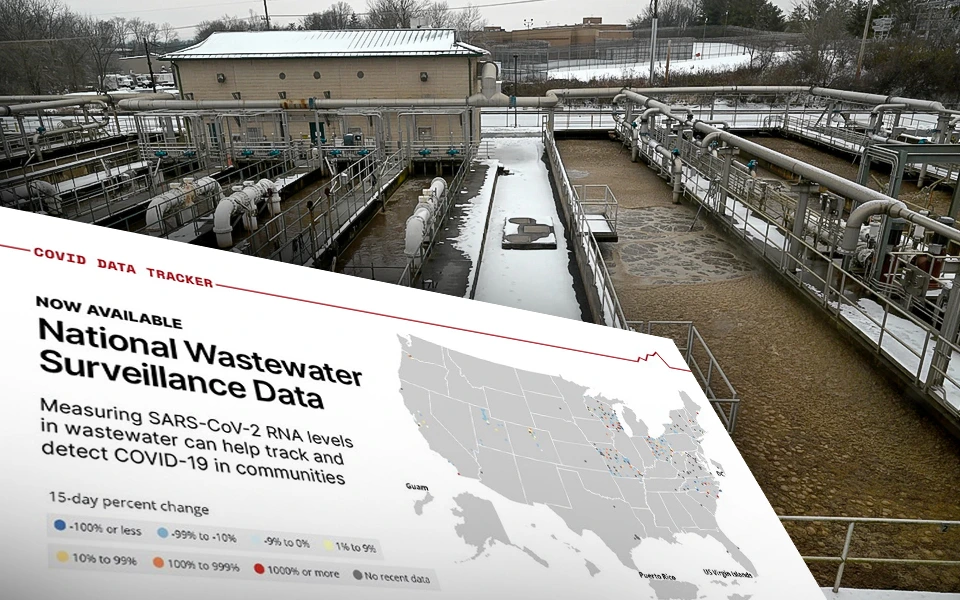Hurricane Francine churned into Louisiana early Wednesday, September 11, 2024, with powerful winds, heavy rain, and life-threatening storm surges. Hurricane Francine, passing over southern Louisiana as a Category 2 hurricane, caused destruction, flash flood emergencies, and plunged hundreds of thousands into darkness.
The storm made landfall in Terrebonne Parish at around 5 p.m. with continuous winds of 100 mph. Communities including Houma, Theriot, and Dulac were some of the hardest-hit areas with extreme flooding and wind damage. Reports indicate that most of Assumption and Terrebonne Parish remained in the dark as power outages increased to more than 250,000 customers statewide.
Destruction and Rising Waters
This storm surge, coupled with heavy rainfall, caused flooding throughout southern Louisiana. Dulac specifically saw a 90-mph wind gust shortly after the eye of the hurricane had passed, which contributed to massive damage from the storm surge. Video in that area showed docks at CoCo Marina underwater, with that entire marina inundated with rising tides.
The NWS issued flash flood warnings across the region as residents were warned to prepare for continued heavy rains and resultant rising waters into the next day. New Orleans, northeast of Francine’s landfall point, suffered flash flooding with rainfall rates of more than six inches per hour; the city’s renowned Bourbon Street was drenched in rain, though pumps prevented serious flooding.
Weather forecasters warned that storm surge risks would continue along the Gulf Coast, particularly around Lake Pontchartrain, where water levels could rise as high as six feet. Surrounding areas along the Mississippi coast, like Bay St. Louis and Waveland, were likewise at risk of flooding.
Infrastructure and Power Concerns
Among the most immediate and far-reaching effects of Hurricane Francine were power outages: more than 250,000 homes and businesses were without electricity as of Wednesday night. In Terrebonne Parish, a curfew was in place to prevent residents from going out in dangerous conditions, and emergency crews were not allowed to take to the streets once wind speeds reached 35 mph.
New Orleans had the added problems with their decades-older sewer system, not keeping up with the water coming on. In Jefferson Parish, local officials asked residents to use only a minimum amount of water as the system was already back-up, causing bubbling manhole covers.
Communities Batten Down and Make It Through
Despite the dangers, many residents were sanguine with experience with previous hurricanes coming into play. “I’m not the least bit concerned about this storm,” said Trenton Ho, a cashier in Morgan City. “I was born and raised here. When you have lived here your whole life, you are used to this stuff.” Even as some shrugged off the storm’s arrival, the curfews and mandatory evacuations in affected parishes underlined the seriousness of Francine.
While supplies have been actively distributed in New Orleans by charity organizations, such as Below Sea Level Aid, operations have largely ceased with the storm approaching, with the intention of resuming once the worst has passed.
Aftermath and Continuing Threats
As Francine churned inland, it was downgraded to a tropical storm; it continued to cause heavy rainfall and hazardous conditions throughout the southeastern U.S. Most of Mississippi and Alabama, including parts of Florida, were put under notice for possible tornadoes and flooding as the storm moved further.
While attention is still focused on immediate recovery efforts in Louisiana, the very long-term effects of Francine will likely be felt along the Gulf Coast. Communities are now faced with aftermath stemming from one of the biggest storms of the 2024 hurricane season.



